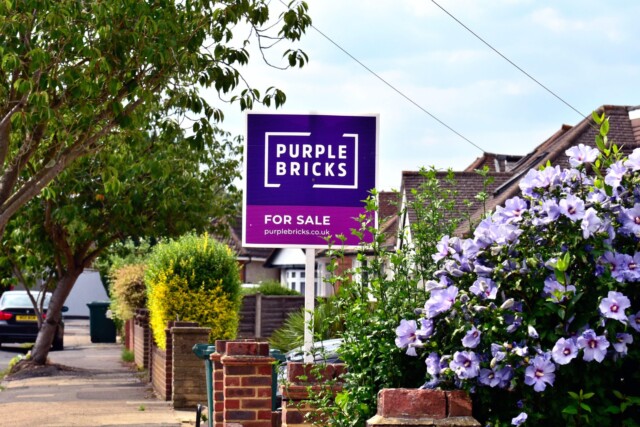STAMP duty can be a costly payment for first-time buyers, but it may be difficult to avoid.
The rate a buyer has to fork out depends on the price and type of property.
We explain what stamp duty is and how much you have to pay
You only pay when you hit a certain threshold, which is currently £425,000 – it was originally less than this, which we explain below.
If you buy a property for less than this, then you don’t have to pay the tax.
It’s important to know what the changes mean for you so below we explain all.
What is stamp duty?
Stamp duty land tax (SDLT) is a lump sum payment you have to make when purchasing property over a certain threshold.
Home buyers always pay for stamp duty, not the seller.
This is often done through a solicitor on your behalf as part of the buying process, according to HomeOwnersAlliance.
Home buyers have fourteen days from the date of purchasing a property to file a return to HMRC with any stamp duty due.
Not everyone pays the same amount.
If you are a first-time buyer you can get a discount if the following applies to you:
- You, and anyone else you’re buying with, are first-time buyers
- The purchase price is £500,000 or less – although this will increase to £625,000 as of the Budget announcement this morning
You pay the tax when you:
- buy a freehold property
- buy a new or existing leasehold
- buy a property through a shared ownership scheme
- are transferred land or property in exchange for payment, for example you take on a mortgage or buy a share in a house
The rate a buyer has to pay depends on the price, type of property and whether or not they already own a home.
Who has to pay it?
Since September 2022, first-time buyers have not had to pay any stamp duty on homes costing less than £425,000.
They only have to pay it on properties costing more than this.
This figure was previously £300,000 but was increased by Chancellor Kwasi Kwarteng.
The maximum value of a property on which first-time buyer’s relief can be claimed also increased from £500,000 to £625,000.
Under the previous system, no stamp duty was paid on the first £125,000 of all property purchases but the government has doubled that to £250,000.
Back in 2020 the Treasury temporarily raised the stamp duty threshold from £125,000 to £500,000 for sales of homes in England and Northern Ireland.
Have the rules changed?
HMRC is now considering potential changes to the SDLT rules for mixed-use property purchases.
This can mean residential and non-residential properties, for example, a country house with land used for grazing, or a large-scale building used for flats and retail.
Last September, the government stopped what was called the stamp duty holiday.
The aim was to give buyers a break and to buzz some energy back into the property market.
What happens now the stamp duty holiday has ended?
After 30 September 2021, stamp duty went back to its previous rules.
But from September 23 buyers will have to pay stamp duty on anything over £250,000 of the agreed sale price.
It’s a tiered system, meaning you don’t pay the full rate on the entire property price, just the amount that dips into each tier.
Do you have a money problem that needs sorting? Get in touch by emailing [email protected]








